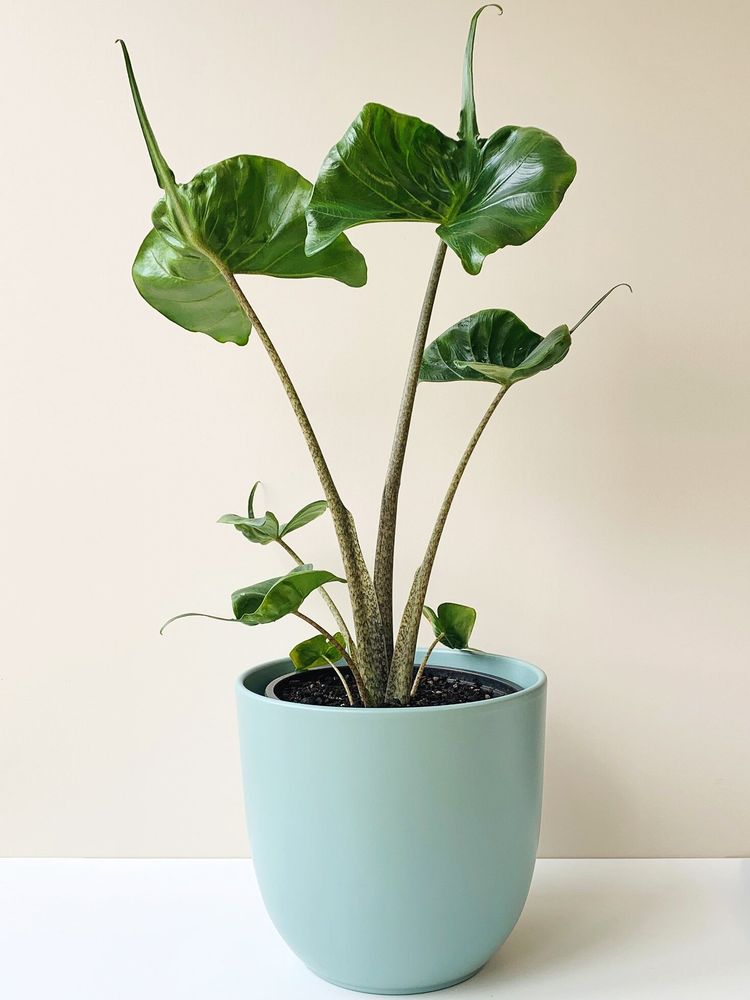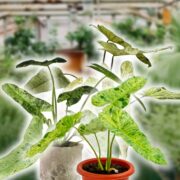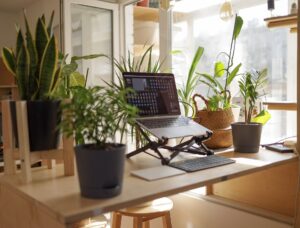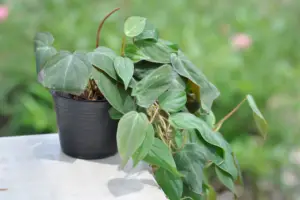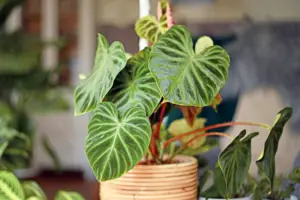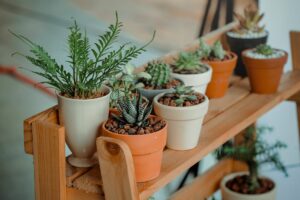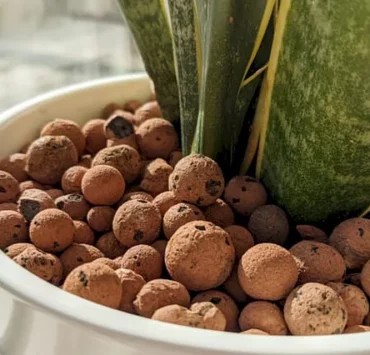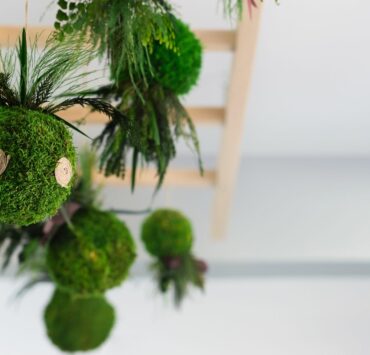Add an exotic and beautiful plant to your home with an Alocasia Stingray. Known for their deep green leaves and their stingray-shaped leaves, alocasia stingrays fit perfectly into any plant lover’s home.
Alocasia stingrays grow up to 15 feet in the wild and up to 3 feet and are pretty easy to take care of. Like any plant, the right conditions from the start are the best foundation for it to flourish. Where alocasia stingrays are concerned, getting the temperature and humidity right is perhaps the only tricky part of caring for them.
Alocasia Stingray Care Guide
1. Sunlight: Bright And Indirect
Alocasia Stingrays would be perfectly happy near a window, especially an east-facing one. Bright morning sun, filtered through a sheer curtain, would be ideal for this tropical plant. Another option is to place it a few feet away from a window. This will allow the plant to get all the brightness it needs without getting burned by direct sun.
Look at the leaves to tell if an alocasia stingray is getting the right amount of sun. Pale yellowing leaves and brown and yellow spots signify too much or too little sun. The brown spots are an indication that the plant is stressed.
Depending on the current position of your alocasia stingray, move it accordingly to give it the amount of light it needs. For instance, if it’s near the window and the leaves are yellowing, try to move it further away. Bring it closer to the light source if it’s yellowing and located farther from the light.
Give an alocasia stingray up to 3 weeks to recover and regain its deep green color. You can opt to trim out browning edges to help the plant recover faster.
2. Water: Frequently
Water alocasia stingrays frequently. Alocasia stingrays get plenty of moisture from the air and soil in their natural environment. It likes water and needs it to maintain those lovely leaves. A good indicator of when it needs water is when the top 2 inches of the soil is dry. That means you must water the plant 1-2 times a week. Keeping an eye out for how dry the topsoil will help ensure you give the right amount of water as seasons change. It is vital to note during winter when the topsoil will take longer to dry out thoroughly.
Water alocasia stingrays by thoroughly wetting the soil. Once the water comes out of the drain holes, you’ll know that the plant is adequately watered. Remember that the frequency of watering is critical to properly watering alocasia stingrays. It would help if you didn’t compensate by giving it more water but less frequently. You don’t want to oversaturate the soil as this can cause root rot.
The first signs of an over-watered alocasia stingray are drooping leaves. If you notice a rotting stem accompanied by brown spots on the leaves, the plant may have root rot from overwatering. Frequent watering with the right amount is better than overwatering on occasion.
3. Temperature And Humidity: Warm And High
Mimic an alocasia stingray’s natural tropical environment gives it a warm atmosphere with plenty of humidity. You can achieve this by misting the leaves regularly or providing it with a misting system. Perhaps the ideal option would be to place the plant inside a bathroom, next to a window. It should satisfy the plant’s light needs and give it a good dose of humidity every time you shower.
To keep the plant happy, don’t expose it to temperatures below 15 Celsius.
4. Soil: Well Draining And On The Acidic Side
Having the right potting mix for an alocasia stingray is essential. The proper watering and light conditions are negated if the soil mix isn’t suitable for the plant.
Ensure that your alocasia stingray plant lives on fertile and humus-rich soil. Coarse potting sand would do well in the mix. Additionally, the plant thrives best on slightly acidic to neutral pH soil.
Remember, the soil mix needs to be well draining to allow it to remain moist but well drained.
5. Fertilizer: Fertilize Throughout Spring And Summer
Alocasia Stingrays have a natural dormant period. With that said, the plant does well with frequent fertilizing. A diluted balanced fertilizer mix given every two weeks is ideal for maintaining the plant’s optimal health. You’ll know its real nutrient needs are met with sustained growth, deep green leaves, and even a flower or two during spring.
Keep fertilizing your alocasia stingray throughout its active growing phase, spring and summer. Stop fertilizing around August, which is when fall begins. Alocasia Stingrays naturally go into a dormant stage throughout fall and winter, so fertilizing isn’t needed.
Other Care Tips
- To deal with root rot, remove the alocasia stingray from the pot. Cut off all the rotten roots. Next, dip the remaining healthy roots in a fungicide solution to address any fungus on the healthy roots. Finally, repot the plant in fresh soil. Do not use the old soil, as fungus will likely remain. Repotting it into its old soil could continue to rot your alocasia stingray’s healthy roots.
- Alocasia Stingrays are toxic when ingested. Its sap can also cause skin irritation. If you’ve got curious tiny hands that like to grab and eat whatever they can reach, you may want to reconsider having alocasia stingrays in your home. It goes for pets as well. Rabbits, cats, dogs, and other furry friends wouldn’t do well with ingesting the plant.
- If you notice that your alocasia stingray leaves are fading and falling off, this could mean one of two things. It could indicate too much or too little sun and water. If only a few leaves fade and fall off while the remaining leaves remain healthy and deep green, your alocasia stingray is entering its dormant period. If that’s the case, there’s nothing to worry about. Falling leaves during fall and winter are part of the plant’s natural growth phase.
- To keep alocasia stingray leaves as healthy as possible, keep its pores clear with a regular wipe down. Using a damp cloth to wipe away any dust build-up will ensure the leaves get as much light as it needs.
Alocasia Stingrays may be considered a rare houseplant, but it’s pretty easy to take care of. With suitable soil, water, and light conditions, this stingray-shaped leaf plant can brighten your home for up to 3 years.
